Packages & Tutorials
Engineering Files & Tools
Software
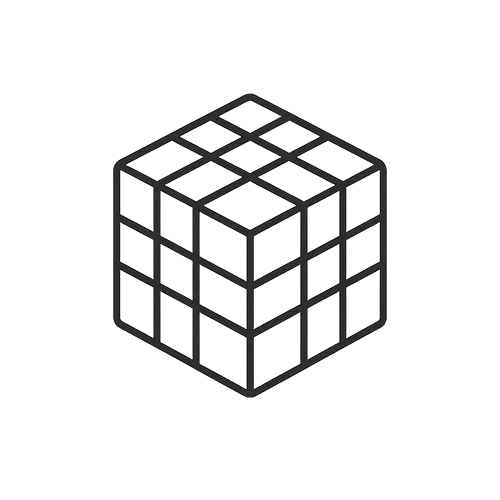
Ready-to-use Models (FEA/CFD)
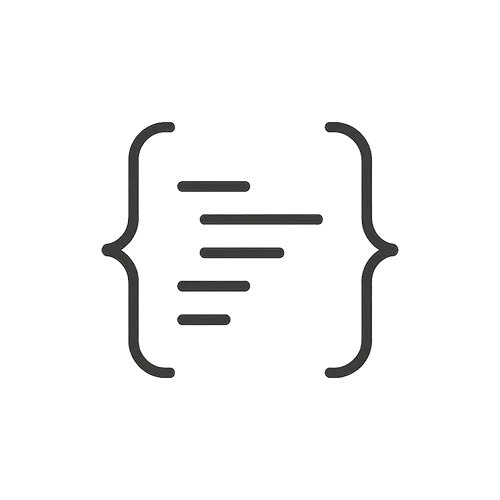
Excel Sheets & Hand Calculations
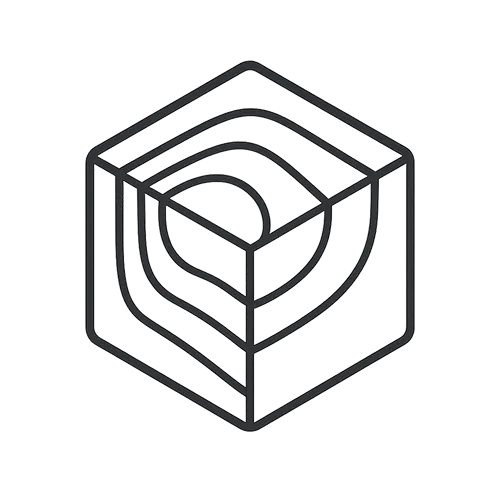



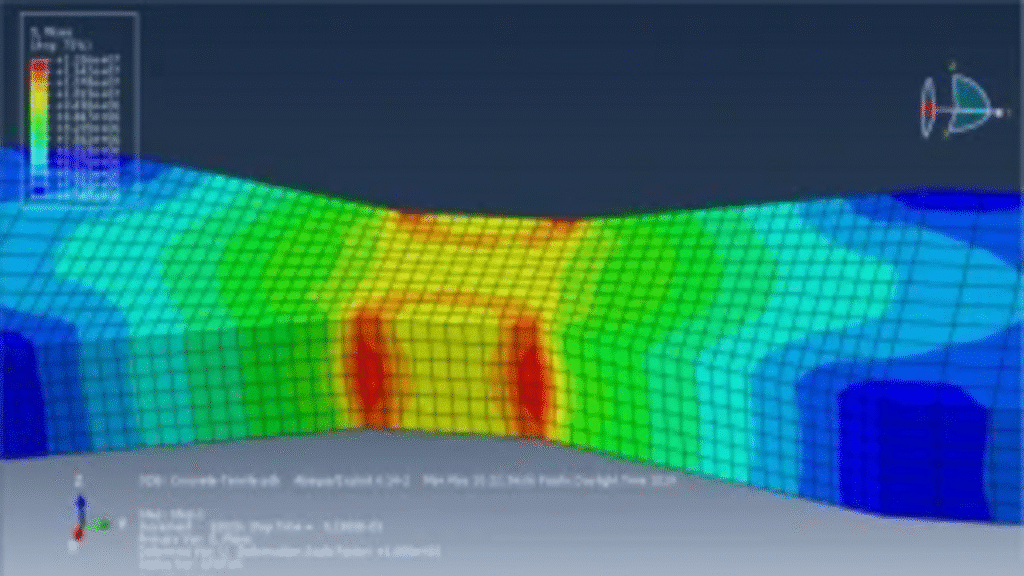
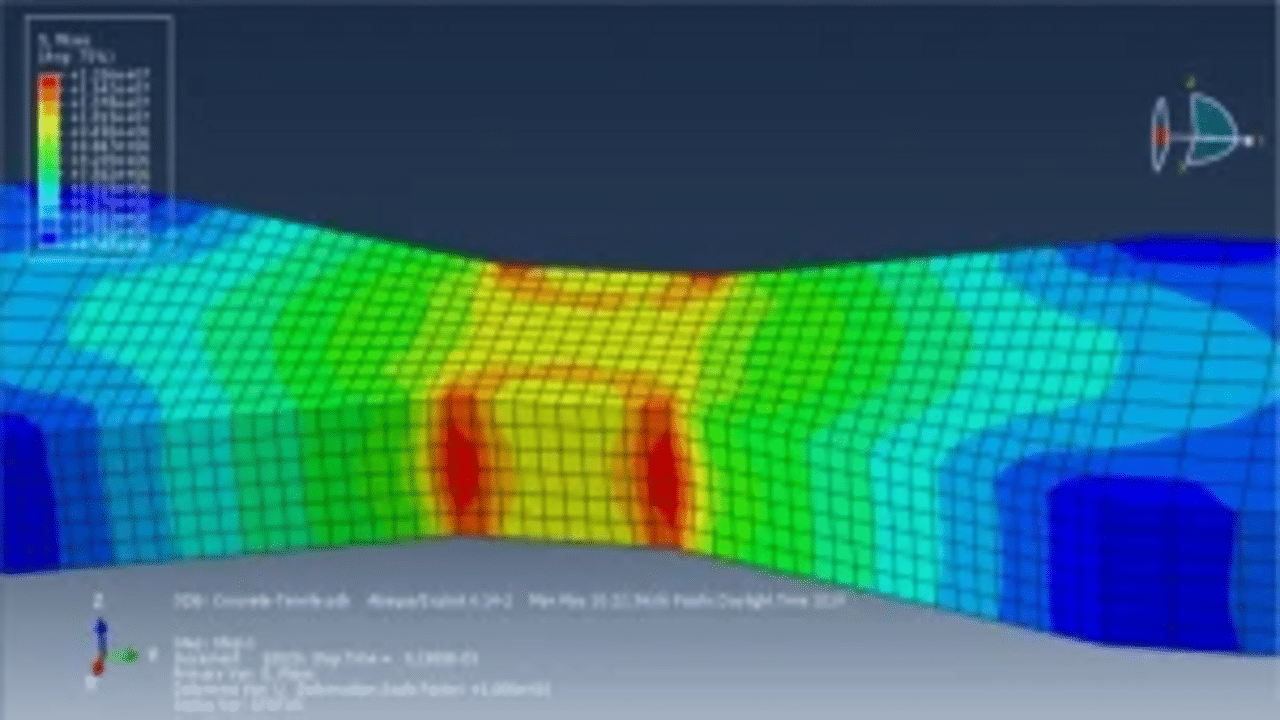
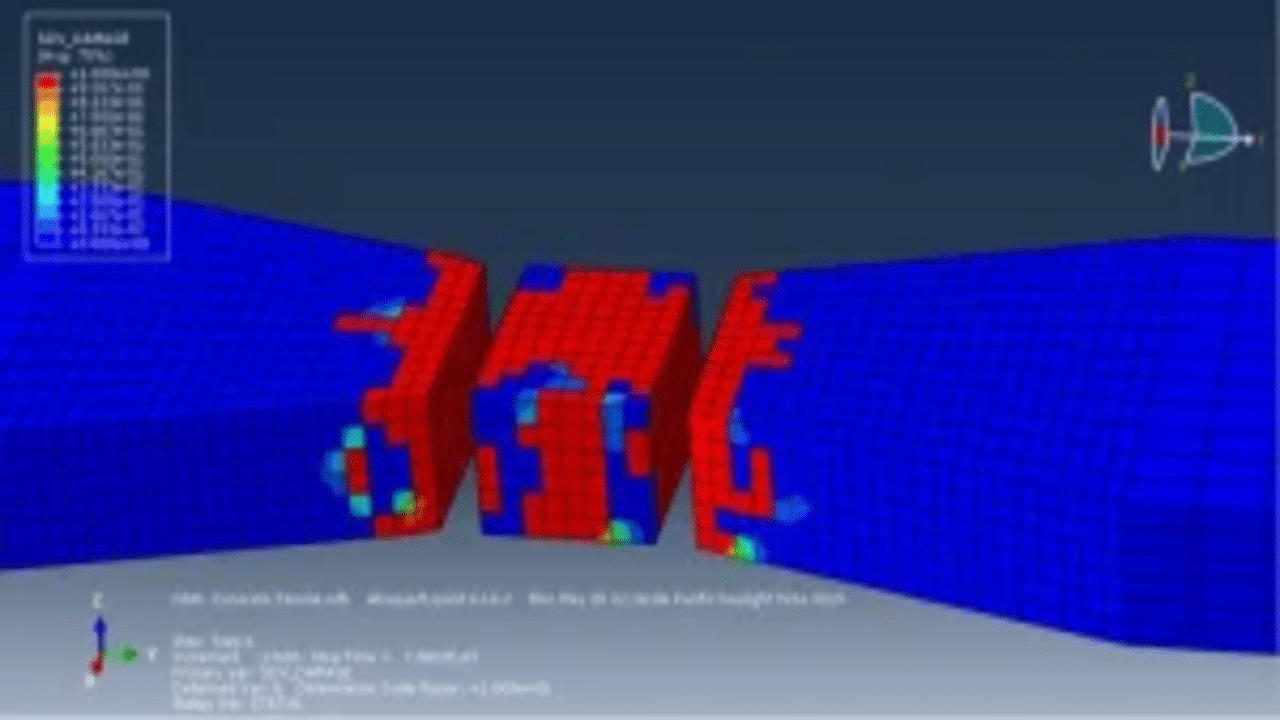
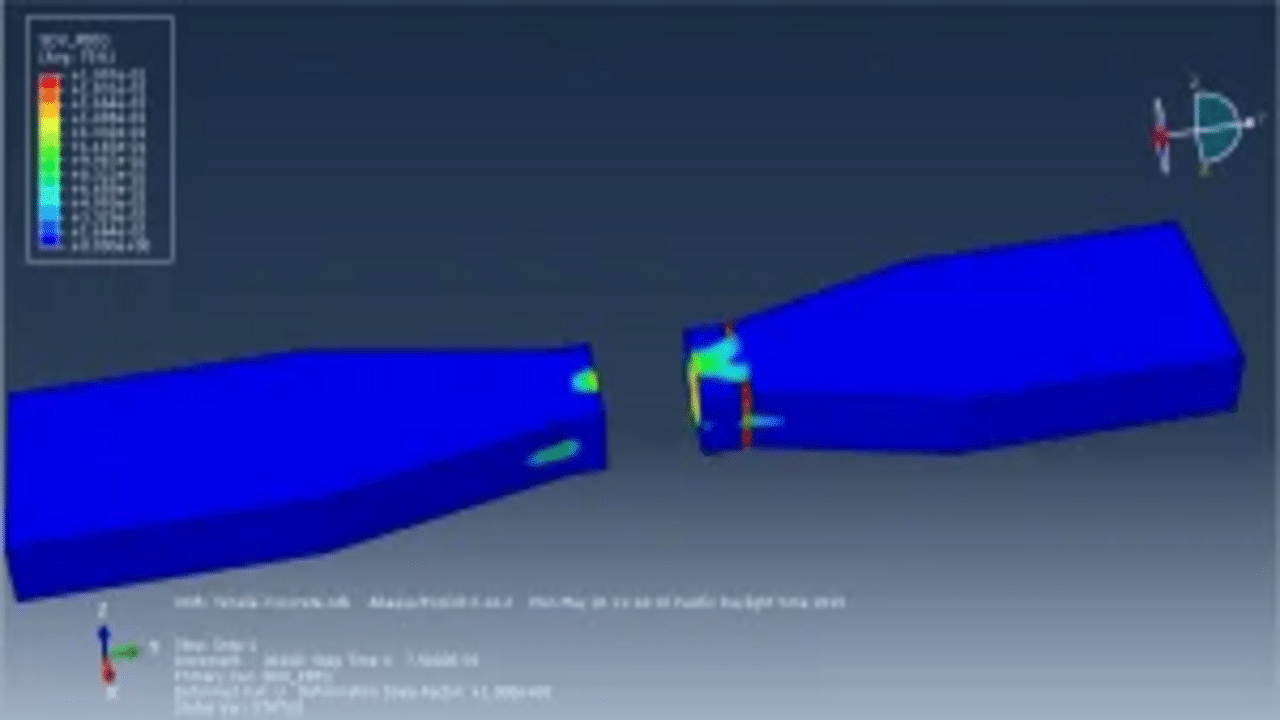
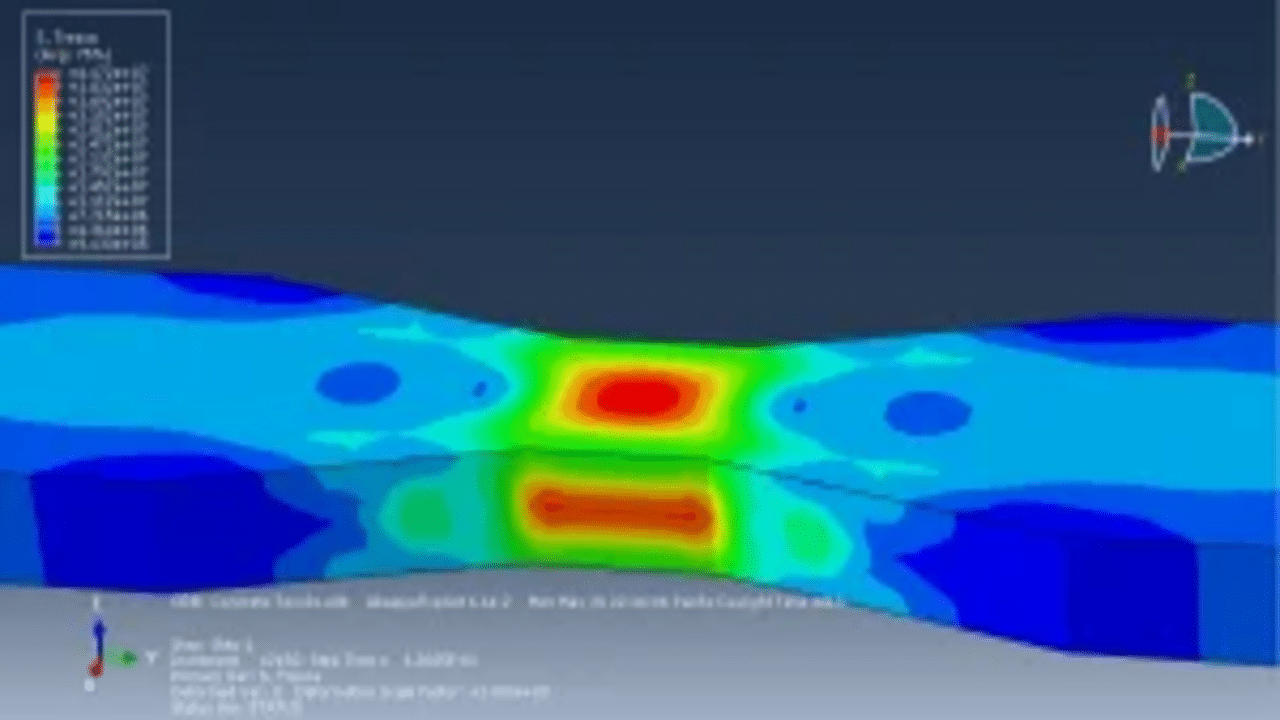
Product Overview:
This tutorial focuses on the simulation of a dynamic tensile test for a concrete specimen using Abaqus. The concrete component is modeled as a three-dimensional object. Typically, the Concrete Damage Plasticity model is employed to assess both compressive and tensile damage in concrete under static or dynamic loading conditions. However, in this tutorial, we utilize dynamic loading with the Johnson-Holmquist (JH) material model. This model is commonly applied to simulate high-velocity impacts or blast loading on brittle materials, but we will use it here to observe separation and failure phenomena.
For the analysis, a dynamic explicit step and a pressure load with smooth amplitude are applied. To ensure optimal failure characteristics in the center of the concrete specimen, a fine mesh is necessary in that region. The JH2 material model can be implemented using either a VUMAT subroutine or by modifying the input file to incorporate an embedded subroutine. In this tutorial, we will adopt the second approach. Following the simulation, the results display significant damage and separation within the concrete specimen.


Dynamic
€1,00 €0,00
See more

Want to receive push notifications for all major on-site activities?